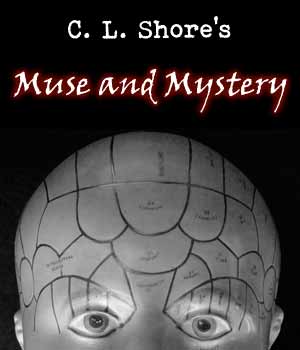Did Carbs Kill the Cahokians?
April 24th, 2010I have become fascinated by Cahokia, a prehistoric Native American settlement in the Western-Illinois, Eastern – Missouri area.. It is mind-boggling to think that the Midwest was home to a large settlement (as many as 20,000 people) from the year 1000 through about 1300. Cahokia’s inhabitants probably had much in common with the Aztecs of central America. They built a huge pyramid using an abundant natural resource (dirt). They had a central plaza where games were played and markets were held. And evidence suggests that they practiced human sacrifice.
Like members of many ancient civilizations, Cahokians were aware of the cycle of the seasons and developed a way to track the movements of the sun. They built a series of structures known today as “Wood Henge”, circles of wooden poles that served as a way to note the fall and spring equinoxes. They became an agrarian society, harvesting and storing grain for future use. Eventually, the members of society developed specialized roles; some farmed, but others developed skilled roles separate from farming. There was leisure time. Unfortunately, Cahokians never developed a system of writing – making it more difficult for us to understand them today.
The society dwindled around 1300, virtually disappearing. The “why” behind this is conjecture. We do know that the inhabitants had evidence of tooth decay and enamel erosion. The teeth ground down. Possibly, the stone they used to grind the corn broke off into the flour. Maybe, the combination of carbohydrates and leisure killed them off. No low carb diets for them! Hunting and gathering may have been a more healthy lifestyle, in some ways. At least, it kept people active, and probably, thin.
Of course, there are alternate hypotheses. A virus could have swept through the settlement. The climate in the area may have become unfavorable. Maybe an earthquake persuaded them to move (Cahokia sits near a fault). We’ll probably never know.
Many of the mounds built by the Cahokians are still visible today. Worth a trip, if you are in the St. Louis area.



 Maiden Murders coming in early 2018! Watch this space!
Maiden Murders coming in early 2018! Watch this space!